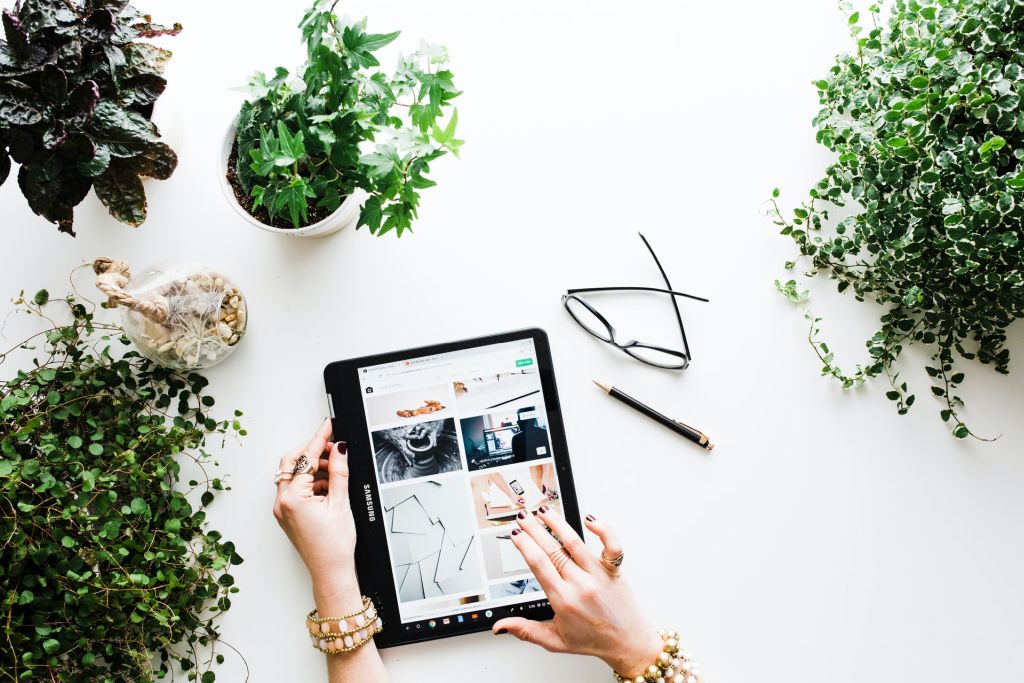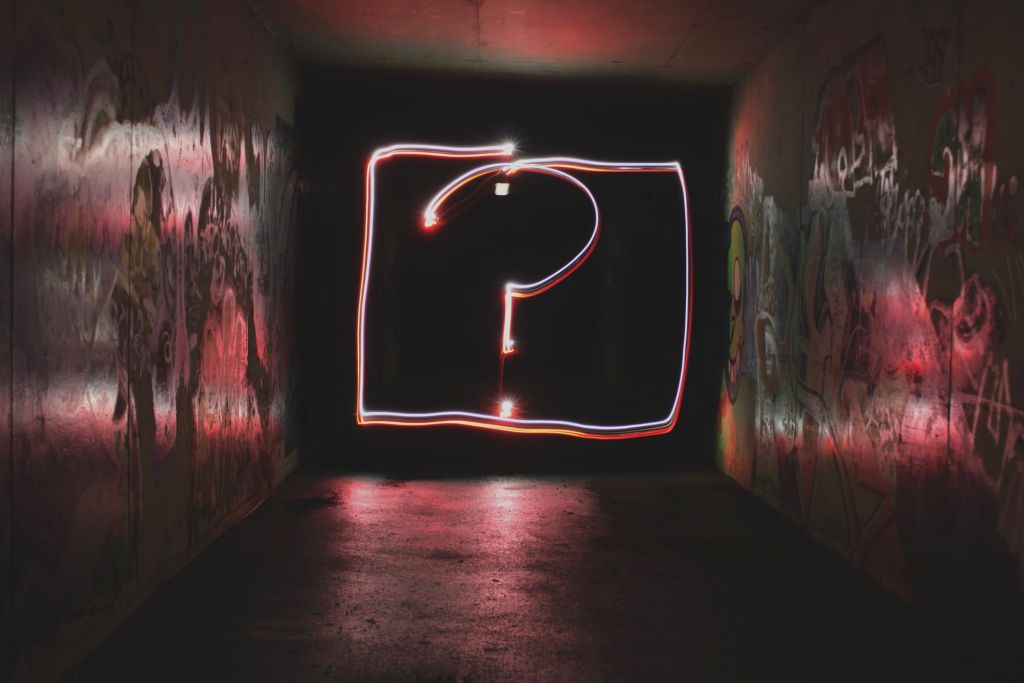Not everything can be bought online, but more and more customers are also beginning to feel the limitations of off-line purchases. That is why these two worlds of trade are becoming more and more connected. And the ROPO effect can be used to your advantage in the real world or in e-commerce.
The ROPO effect - definition
Some time ago, Deutsche Bank checked that around half of customers compare information on different accounts online before going to a branch to open them. It is the same in other industries. And this is what the so-called ROPO effect.

The ROPO effect means: research on-line, purchuase off-linethat is, reading about a product on the Internet and then buying it in a store. It is not just about reading, because nowadays it also includes movies, audio content and photos. Customers do this because not everything can be bought online, but also for other reasons, such as the fact that:
- they need advice
- they do not want to bear the costs of transport,
- they need something quickly, and delivery, even in the most optimistic variant, will take about 24 hours (sometimes several or several days),
- they got interested in the educational campaign,
- they want to see the thing up close, touch it, or try it out.
These aspects cannot be avoided, although modern technologies may help in this over time (eg VR).
The impact of the ROPO effect on purchasing decisions
The ROPO effect is marginal in some industries and comprehensive in others sales support. Advanced data, mainly those provided by Google, allow you to learn about the ROPO effect broken down by sectors and countries.
Statista.com reports that in Poland, the industries in which the most frequently read about goods on-line, and then buy them off-line, are:
- grocery shopping - 49 percent
- interior furnishings and building materials - 48 percent
- furniture and decorations - 46 percent
- computer equipment - 39 percent
- books, films, music 31%
- cinema tickets - 30 percent

The decisive factors for the off-line transfer of a purchasing decision are very diverse. For example, in the case of grocery shopping, it is probably the low value of purchases combined with the ease of buying tea or bread in the real world. In addition, what matters is that such products are needed quickly. Meanwhile, in the case of building materials or furniture, the weight and quantity of items make shipping unprofitable or even impossible. So you have to go to the store in person. However, it is worth remembering that these factors change for various reasons, such as new regulations or technological solutions, and marketing strategy must take this into account. For example, a few years ago, the beer trade on the Internet was practically non-existent. Today, the regulations are a bit softer and courier companies are better at delivering heavy bottles. Combined with the pandemic that forced people to change their habits, it gave rise to a boom in online shopping in this sector.
Are you looking for an effective PR agency?
You've come to a great place. Check what we can do for you.
The ROPO effect on the example of the clothing industry
Brands, search engines and researchers focus on statistics on purchasing decisions, which allows you to really carefully study the ROPO effect and plan on-line marketing even in individual industries.
For the clothing sector, the work "The impact of the ROPO effect in the clothing industry”By Barbara Mróz-Gorgoń and Grzegorz Szymański, which could be read in 2018 in the Economics and Business Review. The authors write:
"A characteristic aspect of the clothing industry is the delivery time and the waiting for the selected goods to be available in the nearest store or with a return option. Due to its specificity, the clothing industry is one of the slowest growing sectors in the e-commerce sector. Customers need physical contact with the product prior to purchase. The internet seems to be a source of inspiration and information about clothes. However, the purchase itself is made by consumers in stores. "

The authors add that the ROPO effect in the clothing industry affects approx. 33 percent. women and men, most often using the computer, although the youngest (under 18) in 17%. they use a smartphone. It is worth remembering that this is data from 2018, and this is a long time ago in the world of the Internet. Therefore, it is necessary to constantly re-analyze the ROPO effect, taking into account the latest trends and technological solutions (e.g. voice search, the latest social-media platforms, etc.).
What is the reverse ROPO effect?
One can also speak of another phenomenon: the inverted ROPO effect. Then the customers watch the item live in order to make the purchase in peace at home. A variant is showrooming, when the client watches clothes or electronics in a showroom, where in fact it is impossible to buy a given item. Many experts predict that the future of off-line trading will move in this direction. Wandering through the alleys and choosing things is more difficult than making a purchase in the comfort of your own home. However, it is nice to see the color of a coat or sofa live before buying, touch the material and be inspired by the arrangement created in the showroom.

The reversed ROPO effect can be used in trading to your advantage. Luxury brands do this very often. Their reputation is often branding, marketing and an impression of luxury in the right proportions. On-line they can only be triggered to a certain extent. Many shops of the world's famous luxury brands exist mainly as advertising for the company, while shopping is mostly done online. A reversed ROPO effect can also have negative effects. This is often experienced by, for example, booksellers. Customers will be happy to view the book, and even sit down in the store with it and start reading. However, when it comes to cold purchasing decisions, they increasingly check prices on their smartphones at auctions, discount stores and antique shops and only buy there.
Potential for the application of the ROPO effect
The ROPO effect is a very fresh concept in the history of trade, because we have only been talking about online shopping for two decades. The rapid technological progress makes more and more interesting perspectives around this issue. The American clothing chain Macy's is experimenting with an application that automatically informs the company that its user has entered the store. Thanks to sensors placed on the shelves and in the store space, the brand collects data on which parts of the store are visited by the person who previously viewed clothes online, and even what goods they pick up from the shelves. Shopping applications potentially allow you to track the steps and activities of on- and off-line users and better plan store space and communication. And this is just the beginning of the possibilities offered by the latest technologies.
